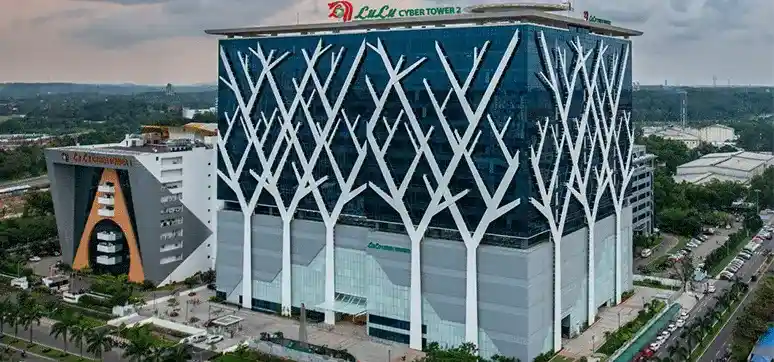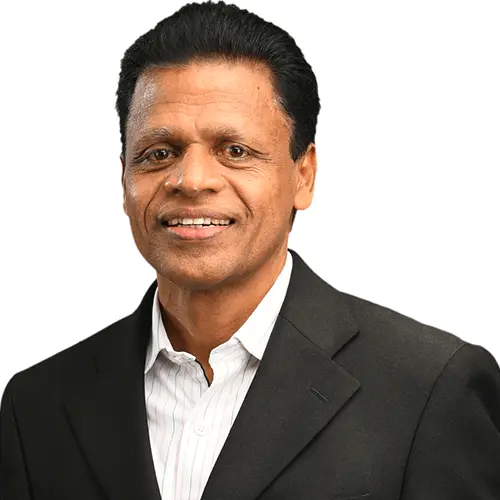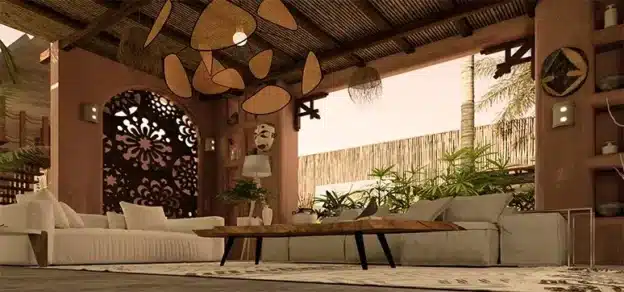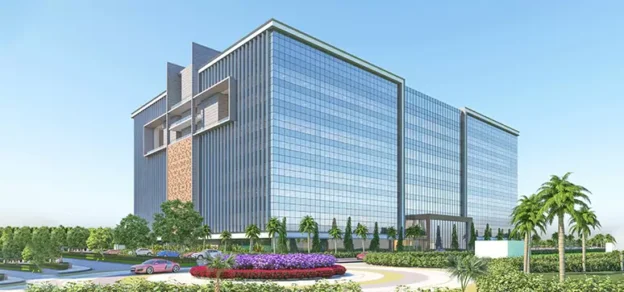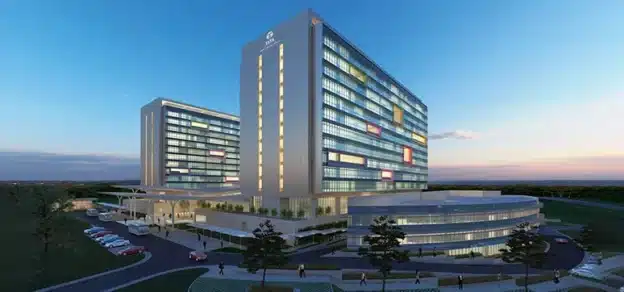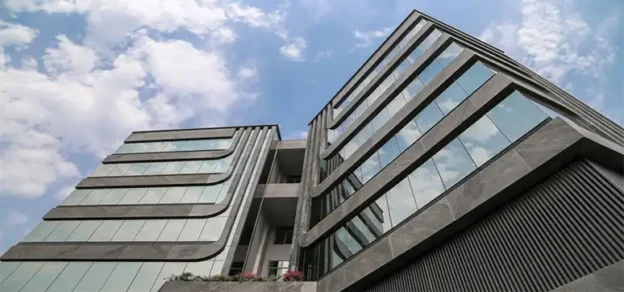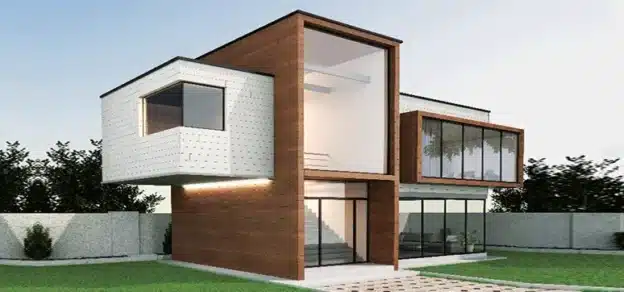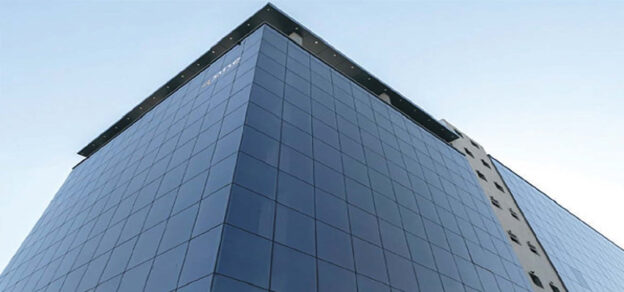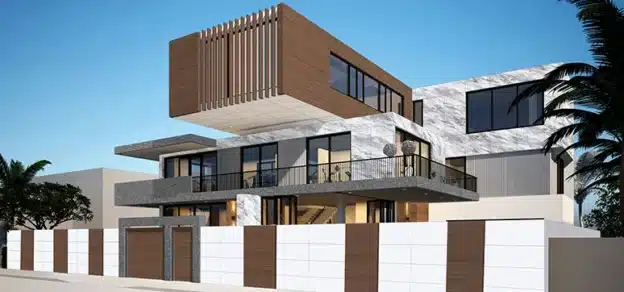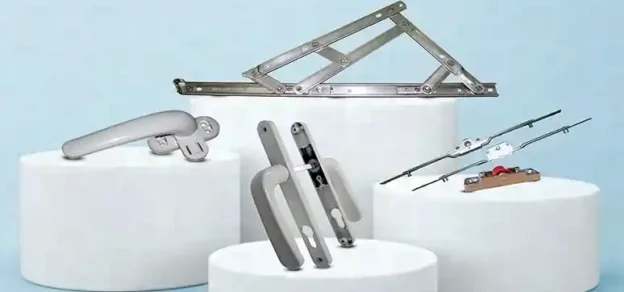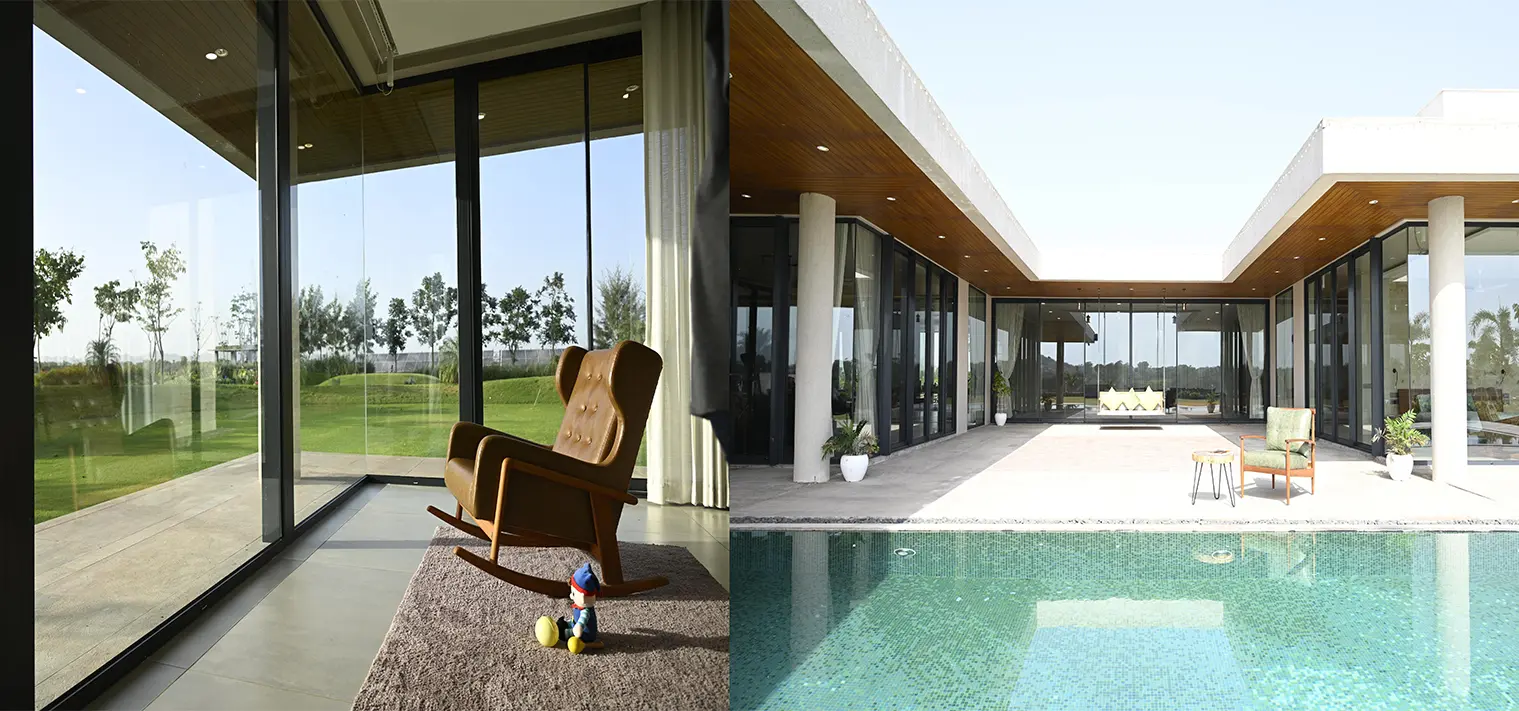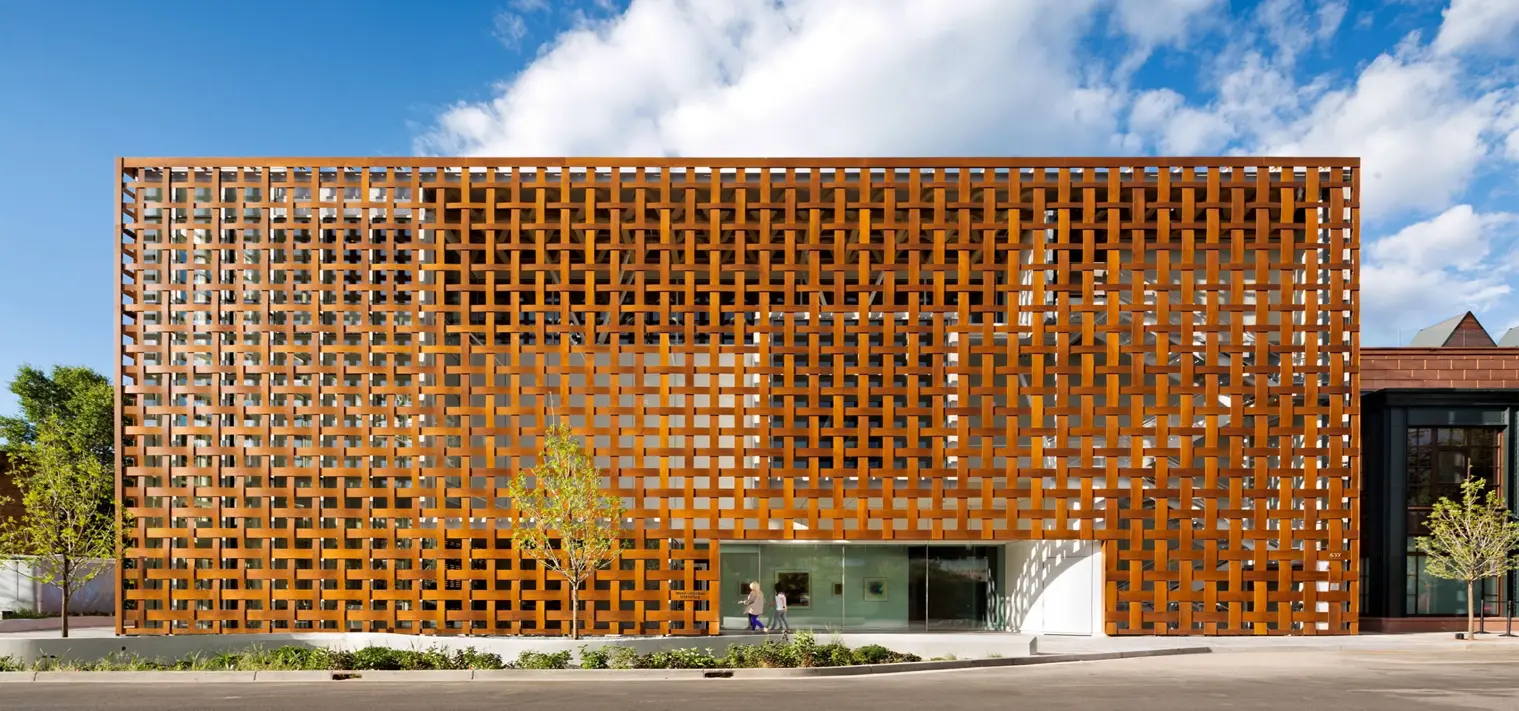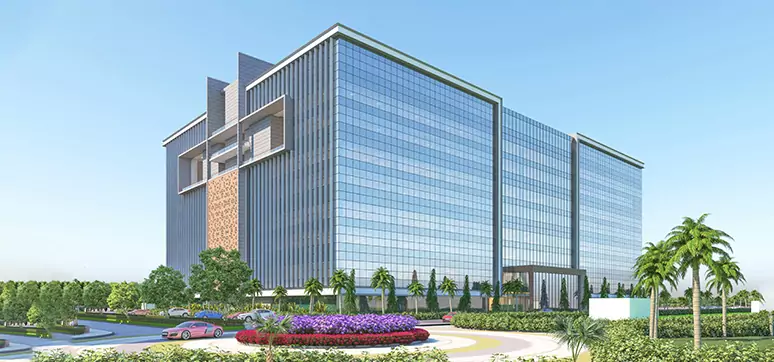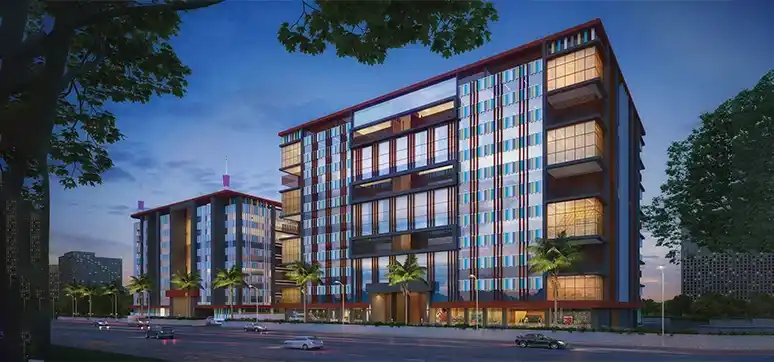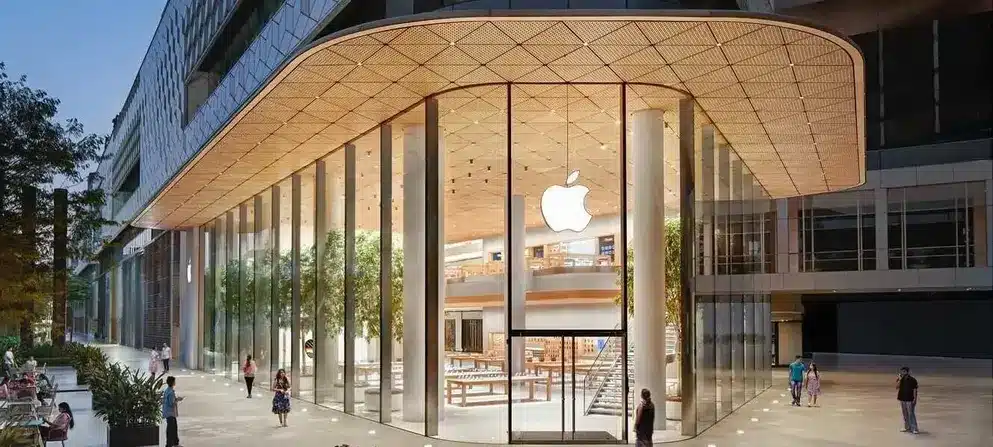What is a window/facade glazing and why is it important?
Windows and façades are the elements of the building to communicate with the surroundings. It is exactly like the skin of the human body. This will play a bigger role in accepting or rejecting the various aspects of the environment.

What is the difference between tempered glass, wired glass and laminated glass and their use in projects?
Keeping security in mind, we can use the above glasses for the façade which will cover the safety aspects also. Toughened glass will ensure the glass will not break into bigger pieces to hurt people. The wired glass will keep the broken glass pieces in their place after breakage. Laminated glass which is considered superior to the above categories will give full safety for the façade even after the glass gets broken. This is the latest trend in the industry. Keeping the safety, security, aesthetics, and acoustics in place the laminated glass is the one suitable for projects.
Define curtain glazing, structural glazing, bolt glazing or spider glazing, and cable glazing.
All the above items are used in the façade of the building. These are various techniques to hold the glass in place.
a) Curtain glazing – Using aluminium members to hold it in place and members visible from outside also.
b) Structural glazing – Here the glass is bonded to the aluminium member in such a way that the members will not be visible from external elevation. We can see a seamless glass façade.
c) Bolted or spider glazing – Usually used in big entrances. Here the glass will be held by glass fins with the help of a readymade bolting mechanism called spiders.
d) Cable glazing- here the glass will be held by tension cables which are attached to the top and bottom with required tension. Suitable fixtures to be used compatible with the cable system.
What are the uses of double-glazed window / triple-glazed window systems?

Double glazing and triple glazing are techniques to use performance and clear glass with a single or double space in between to enhance the thermal insulation and acoustic values of the glazing system. In normal circumstances, double glazing requires performance glass and space in between which will be sufficient to attain the performance values. Triple glazing is rarely used and when used, it is to attain a very high degree of thermal performance in the specific requirements.
Brief on climatic stability and eco-friendliness of glass as a façade/fenestration material.
We cannot think of a situation where the building is done without the use of glass unless it is for security purposes below ground level. A few of the most important qualities of glass that make it an integral part of the facades are,
- Control of transparency
- Neutral and compatibility with all other building elements.
- Long life
- Process friendliness to convert the normal glass to a specific performance glazing unit.
- Scope of adding features to add safety and security.
How can we enhance the thermal performance of glazing?

This is an elaborate subject. In brief, we adapt the following processes to enhance the thermal performance of glass,
a) Select appropriate coatings on the glasses as multipliers which usually are not visible. This is the primary step to decide the major thermal performance.
b) Provide further thermal insulation by using the double glazing technique with adequate space in between.
c) We can further improve the performance margins by filling inert gas (argon) in the space between 2 glasses.
d) In specific requirements, in addition to the above methods, sun control film also can be applied from inside.
e) Select an appropriate glazing system with proper gaskets. Also, we can use thermal break systems.
How can we manage glare by using the right design and glass?
With new generation glasses known as soft coated glass, the performance is achieved with less reflection and glare issues. But as a major step to cut down the glare, we can provide lightweight shades outside and even using horizontal shading elements (usually known as a light sheet) from inside too. Frosted glass fin, aluminium lightweight fins, etc. Can be used as a vertical element outside at calculated intervals to cut the glare. An ideal building facade performs thermally and allows every employee to work inside without any glare issues.
How to manage acoustics efficiently in glazed buildings? How to Tackle Noise Pollution?
The acoustics in the building façade itself is an elaborate and wide subject to discuss. Luckily, most of the techniques used to bring thermal efficiency will add acoustic efficiency to the facade. Few additional techniques can be adopted to enhance sound insulations.

They are:
- Thermally broken systems
- Filling soft material like polyurethane or Rockwool inside aluminum members of the window, façade
- Using different thickness glass combinations in laminated and double glazing
- Using acoustic PVB for laminations of the outer glass
- Use soft furniture near the façade (mainly fabric)
Smart glass and energy-efficient glass are still beyond affordability in many projects. Please comment on this. What should be the approach of manufacturers to sort this problem of unaffordability?
Smart glasses are a revolution in the glazing industry in terms of their flexibility in thermal efficiency and their functionality is still not within reach of normal clients because of two reasons,
a) Cost – currently we are depending on the European market and not affordable. The way forward is to make the product popular, so that this can be produced on a mass scale which will bring the cost by 50% and can be made affordable. On top of this, I am sure this kind of technology will go through innovations to make it affordable later.
b) To bring this kind of product to the building industry, there should be a cultural change in the approach of all stakeholders so that basic preparations and proper maintenance are effectively done. It is a matter of time to make the product penetrate the commercial building industry.
